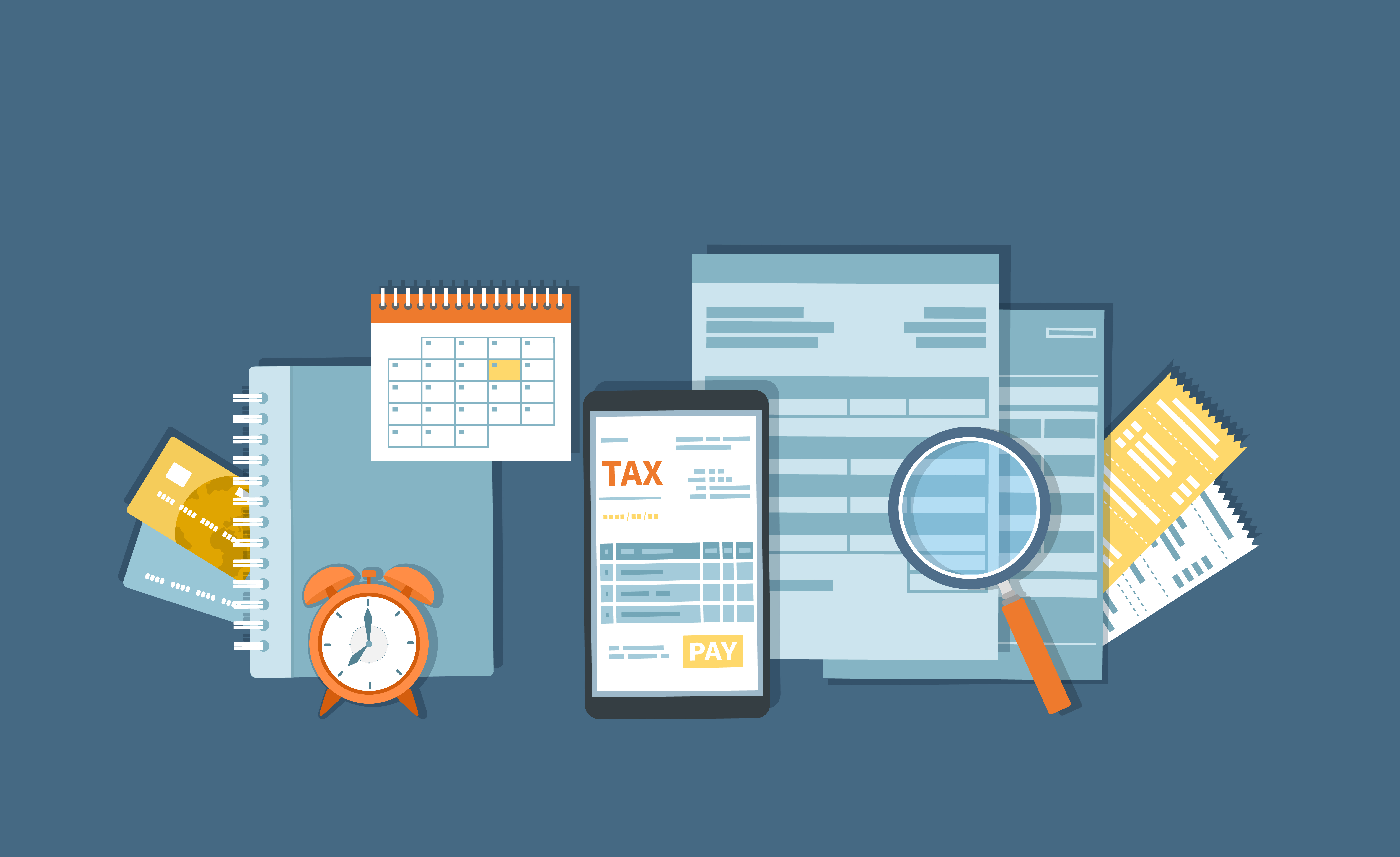
What is a Tax Extension?
If you need more time to fill out your taxes, you can file for an 6-month extension. You can do this for your business taxes by using Form 7004 or your personal taxes by using Form 4868. You can file them electronically or by mail, similar to how you would fill out your regular tax return.
When do I have to file a Tax Extension?
These forms are due by the same day your actual taxes would be due, so March 15th or April 15th for most taxpayers. Check out our other article if you’re not sure what’s your filing day. However, you will still owe the IRS money at this time, so be prepared to pay.
Join 400,000+ Americans
If I extend, what’s my new tax deadline?
If you extend your tax filing, you get an additional 6 months to file your taxes. For a return that was originally due March 15th, it will now be due September 15th. For April 15th, it will now be due on October 15th.
Why do I need to pay taxes now if I’m filing an extension?
If you’re filing an extension, you will still owe your estimated tax to the IRS. Here, you’ll take your best guess as to how much you owe in taxes and pay it in advance. When you file later in the year, you will either pay additional tax you owe or get a small refund from what you paid. You can choose to either receive this refund or have it automatically applied to next year’s taxes to help lower next year’s tax bill.
What if I believe I’ll get a refund?
If you believe you’ll get a tax refund instead of owing taxes, you won’t owe money when you extend. However, you won’t get your refund until you file your full tax return. But be careful- if you do end up owing taxes instead of getting a refund, you might be charged with a late payment penalty. Make sure to read the instructions for the extension forms or ask a tax professional if you have questions about your specific situation.